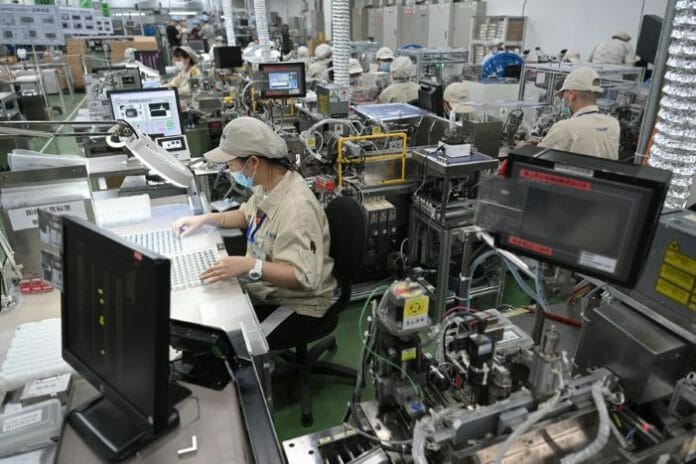China’s factory activity shrank more slowly in January after Beijing lifted tough COVID curbs late last year which helped ease pressure on manufacturers though infections among workers hampered production, a private sector survey showed on Wednesday.
The Caixin/S&P Global manufacturing purchasing managers’ index (PMI) nudged up to 49.2 in January from 49.0 the previous month but missed expectations in a Reuters poll of 49.5.
Enriching lives and strengthening societal bonds in our communities are fundamental to our business philosophy. In this special feature, we listen in to the thoughts of our community partners, as they express how our collaborations with them have benefitted the community at large. Driven by our…
The reading marks the sixth monthly contraction in a row as the 50-point index mark separates growth from contraction on a monthly basis.
The data was in contrast to a better-than-expected official survey on Tuesday, which largely focuses on big and state-owned firms, with manufacturing activity swinging back to growth. The Caixin survey centres on small firms and coastal regions, which includes a number of exporters.
Economists said the faster-than-forecast “exit wave” of COVID-19 infections suggests that the worst of the economic slump has passed. They expect the world’s second-largest economy to rebound in the first and second quarters, although long-term issues in the property sector and weakening external demand will drag on the growth outlook.
According to the Caixin survey, the virus outbreak and subdued market conditions continued to weigh on customer demand and factory operations, with sub-indexes of both new orders and output contracting at a slower pace.
Enriching lives and strengthening societal bonds in our communities are fundamental to our business philosophy. In this special feature, we listen in to the thoughts of our community partners, as they express how our collaborations with them have benefitted the community at large. Driven by our…
In particular, companies said staff resignations and absences due to COVID infections weighed on headcount, while insufficient staffing contributed to a renewed upturn in backlogs of work.
While a number of firms mentioned that the rollback of virus containment measures had helped to ease the strain on supply chains, logistics had yet to recover fully in some areas amid a shortage of workers.
Due to sluggish global economic growth and cooling customer demand, the sub-index of new export orders shrank for the sixth straight month in January, though less than in December.
After the government dismantled some of the world’s toughest anti-virus measures in December, Chinese manufacturers expressed stronger optimism towards the 12-month outlook for output with the degree of positive sentiment in January surging to the highest since April 2021.
The International Monetary Fund on Tuesday revised China’s growth outlook sharply higher for 2023, to 5.2% from 4.4% previously after “zero-COVID” lockdown policies in 2022 slashed China’s growth rate to 3.0% – a pace below the global average for the first time in more than 40 years.









